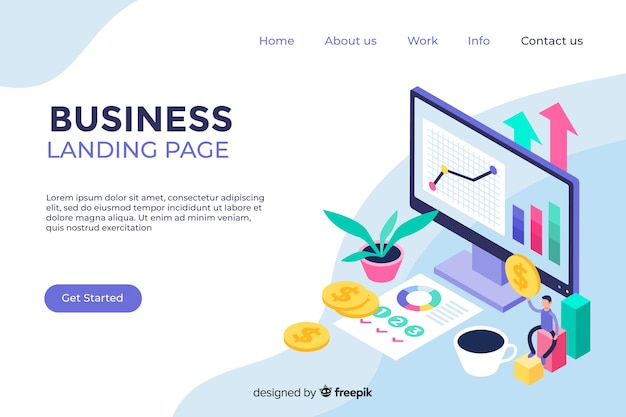
Over the years, I’ve received numerous emails from readers curious about buying websites to make money. Today, I want to share an insightful article from Stacy Caprio on how she buys websites and turns them into profitable ventures.
I’m Stacy Caprio, and I run Her.CEO, a website featuring entrepreneur case studies and teaching people how to buy and sell websites profitably. I’ve spent over $35,000 on websites and have made much more in passive income from these investments. Now, I continue to earn pure profit from the sites I’ve already bought.
Investing in websites is fantastic not only for the recurring revenue but also because you can improve and flip them for a lump sum if you prefer that over ongoing income. Recently, I sold one of my websites for more than I paid, netting over $8,000 after broker fees.
I used to work a 9-to-5 job in digital marketing for a finance company and previously ran paid ads for Google, Facebook, and Pinterest agencies. While I enjoyed online marketing, sitting at a desk for 8 or 9 hours daily wasn’t for me. I always wanted the flexibility to go for a run or take a quick walk to clear my head during the day.
Most full-time jobs require you to be glued to your computer screen, which wasn’t enjoyable or productive for me. I also wanted to impact more than just revenue and growth and be involved in a company’s strategy while sharing in its success. Full-time roles rarely offer this kind of involvement or profit-sharing.
After working for companies for over three years and learning a lot about online marketing and website growth, I decided to follow my dream of working for myself. While still employed, I started buying websites, making mistakes, and learning how to purchase profitable sites.
My first website purchase was a mistake. I didn’t verify the revenue, and the owner had lied about the earnings. I paid about 20 times more than it was worth, but fortunately, it was only $1,300, so I considered it a learning experience. My next purchase was better verified but based on a trendy phone game that lost popularity, resulting in a net loss.
At the time I left my job, I was making about $1,000 a month from my side projects and had purchased both successful and unsuccessful sites. My successful site gave me the confidence to continue growing my business. My 93-year-old grandma generously let me live with her while I built my business, which allowed me to save on rent and invest more in websites.
To date, I’ve spent $35,700 on four websites, and the return on investment has been excellent. Learning how successful sites function and monetize has been invaluable.
If you’re interested in buying a website, there are several approaches: online marketplaces like Flippa.com, brokers, contacting individual site owners, or joining website flipping groups on Facebook.
Here are some popular online marketplaces:
– **Flippa**: You can get sites for lower multiples, but due diligence is crucial.
– **Latonas**: Good for selling sites, but buyers should verify revenue and profit claims.
– **Empire Flippers**: Thorough verification process and a 14-day safety net for buyers.
– **F.E. International**: Suitable for those with larger budgets but requires signing NDAs.
You can also buy starter sites from companies like Motion Invest or Human Proof Designs, but these can be expensive and may not be making money initially.
When buying a website, expect to pay around 20X-30X the monthly profit. More people are entering this space, so multiples are increasing. Look for sites selling at lower multiples to reduce risk and aim to improve traffic and revenue quickly.
To vet a website before purchasing, consider these criteria:
1. Price around or under the 20X-30X monthly profit valuation.
2. Understand how the site makes money and why people visit it.
3. Verify the traffic, revenue, and profit claims.
4. Prefer passive sites that don’t require constant upkeep.
5. Avoid trendy sites and look for long-term potential.
Once you have a successful site, it’s often better to hold onto it for ongoing cash flow rather than selling it. Growing the site can be more beneficial than finding new ones.
To increase your website’s revenue after purchase, you can:
– Speed up the site to improve user experience and drive more traffic.
– Add more monetization methods like affiliate links or selling products.
– Test different ad networks to find the best pay for your niche.
– Reach out to brands for sponsorships and paid posts.
– Develop a long-term SEO and content strategy.
Buying a website has been one of the best financial decisions I’ve ever made. I hope this article helps you understand the benefits and how to get started with your own site. Let us know in the comments if you’ve purchased a website or plan to in the future.